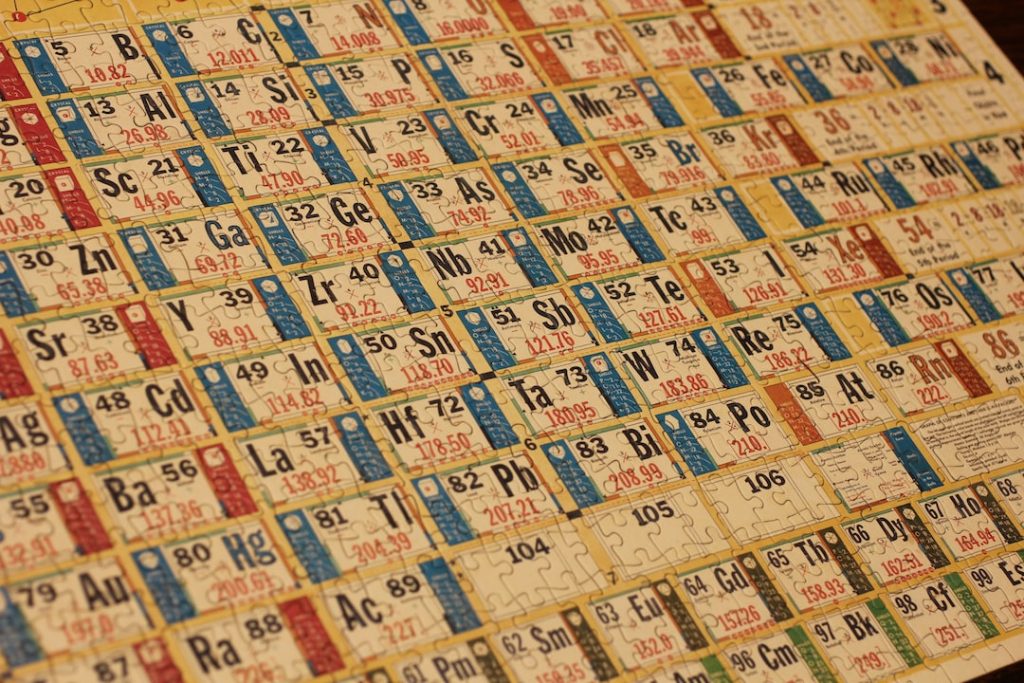The Arabic Alphabet: An Overview
The Arabic alphabet, or al-abjad al-arabiyya, is a writing system used to write the Arabic language. It is written from right to left, in a cursive style, and includes 28 letters. Each letter is written in four different forms depending on where it is located in a word. The Arabic alphabet is the second most widely used writing system in the world, after the Latin alphabet. It is used in a variety of languages, including Arabic, Persian, Urdu, Pashto, and others.
Table of Contents
History of the Arabic Alphabet
The Arabic alphabet is thought to have originated from the Aramaic script, which was used to write the Aramaic language in the Middle East. It is believed to have been adapted and modified by the Muslims in the 7th century CE, during the time of the Umayyad Caliphate. The original Arabic alphabet had 28 letters, which were derived from the Aramaic script, as well as a few additional letters that were used for loanwords from other languages.
Over the centuries, the Arabic alphabet has been used to write a variety of languages, including Arabic, Persian, Urdu, Pashto, and others. It has also been adapted and modified for use in other languages, such as Turkish, Kurdish, and Somali.
Features of the Arabic Alphabet
The Arabic alphabet consists of 28 letters, all of which are written in a cursive style. Each letter is written in four different forms, depending on where it is located in a word. The letters are written from right to left, and the shape of each letter is influenced by its position in a word. There are no capital letters in the Arabic alphabet, and words are written without spaces between them.
The Arabic alphabet is written in a script known as naskh, which is a cursive style of writing. The letters are connected to each other, making the writing flow smoothly. This makes the Arabic alphabet easy to read, as the letters are connected and form a single shape.
Letters of the Arabic Alphabet
The Arabic alphabet consists of 28 letters, all of which are written in a cursive style. Each letter is written in four different forms, depending on where it is located in a word. The letters are written from right to left, and the shape of each letter is influenced by its position in a word.
Vowels
The Arabic alphabet includes three short vowels, which are written as diacritical marks above or below the letters. The short vowels are fatha, kasra, and damma. These vowels are usually omitted in writing, but they are important for pronunciation.
Consonants
The Arabic alphabet includes 25 consonants, which are written as individual letters. The consonants are divided into two categories: sun letters and moon letters. Sun letters are written with a single shape, while moon letters are written with two shapes.
Uses of the Arabic Alphabet
The Arabic alphabet is used to write a variety of languages, including Arabic, Persian, Urdu, Pashto, and others. It is also used to write other languages, such as Turkish, Kurdish, and Somali. The Arabic alphabet is used in a variety of contexts, including literature, science, and religious texts.
The Arabic alphabet is also used in a variety of calligraphy styles, which are used to create beautiful works of art. The Arabic alphabet is also used in a variety of logos and symbols, such as the logos of companies and organizations.
Conclusion
The Arabic alphabet is an important writing system used to write the Arabic language and a variety of other languages. It consists of 28 letters, all of which are written in a cursive style. The letters are written from right to left, and the shape of each letter is influenced by its position in a word. The Arabic alphabet is used in a variety of contexts, including literature, science, and religious texts, as well as in calligraphy and logos.





